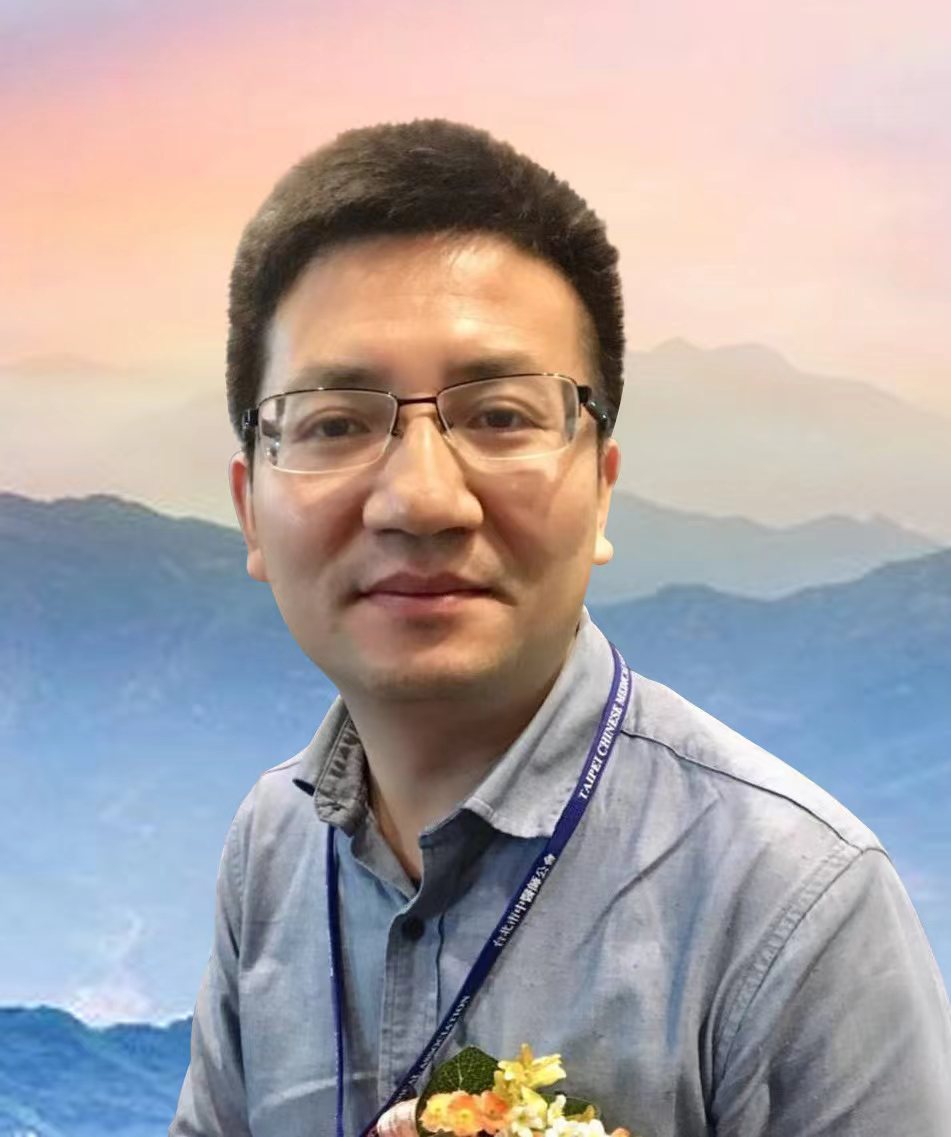
Xiongzhi Wu
China
Professor
Reporting Topic
Combined Therapy of Acupuncture & Chinese Medicine
Treatment for Depression
Summary
Depression is a commonly known mental and psychological disorder disease. Its core characteristics include continual depressive mood, and reduced interest or loss of pleasure accompanying with multiple cognitive, bodily and behavioral symptoms. It also significantly affects individual’s daily life, working and social activities.
This speech includes:
1. The relationship between depression and personality disorders
2. The factors of formation of depression
3. The diagnostic criteria for depression
4. The treatment of depression
Professor Xiong Zhi Wu developed the course addressing the System of Traditional Chinese Medicine (TCM) Psychiatry, in which he separates human body and diseases into the three levels of Form, Qi and Spirit, thus establishing the proper diagnosis and treatment of the disease. Dr. Wu’s psychosomatic treatment focused on the Chinese Medicine, and the TCM Mental Disorders System with the Six Meridians; and at the same time establishes the Acupuncture and Moxibustion Therapeutics of Psychosis using his needle array mechanism that regulates human body functionalities. His core theory for acupuncture is acupoint. The collective view of his hand acupuncture medical principles and theories indicates the micro-fine acupoints defining as 3 parts of heaven, earth and man just looks like the star-array. These agreed with the principles of Ba Men and 6 meridians connecting to the organs and meridians.
Acupuncture provides in-depth treatment to depression by applying different levels of awareness, which bridges the systems studies to a higher level of regulating human body functionalities.
The foundation of Dr. Wu’s psychological empirical system, named “Chinese Study is the Body and Western Study is the Reinforcement”, for the psychosomatics treatment is based on the phenomena of Confucianism, Buddhism, Taoism and Oriental psychology, combining with the modern psychologies of psychoanalysis, cognitive behavior, and humanism. It is the key to curing depression.

Lingzhi Shi
USA
World Federation of Chinese Medicine Societies , Vice President of the Specialty Committee of Scalp Acupuncture
World Traditional Medicine Forum, Executive Member of the Presidium
Reporting Topic
New Advances and Research Discussions on Scalp Acupuncture in Clinical Treatment
Summary
According to the latest report from the World Health Organization, neurological diseases affect one-third of the global population. A major new study published in The Lancet Neurology reveals that as of 2021, over 3.4 billion people worldwide suffer from neurological disorders. These conditions lead to many complex and intractable diseases, as well as disabilities, causing immense suffering for affected individuals and their families. Scalp acupuncture, a modern medical approach that integrates traditional Chinese acupuncture techniques with Western medical knowledge of the cerebral cortex, has demonstrated significant efficacy in treating complex central nervous system diseases, particularly through the Jiao-style scalp acupuncture method.
At this international conference, Dr. Lingzhi Shi will share her extensive clinical and teaching experience accumulated over many years in the United States. She will discuss her journey from using scalp acupuncture to treat common illnesses in her early career to specializing in neurological disorders, and now pioneering successful treatments for complex diseases related to DNA and genetic factors. Her innovative approach has earned the trust and praise of patients from all over the world who seek her expertise. Dr. Shi has taken a groundbreaking step in the field of neuro-acupuncture treatment and genetic-related neurological diseases.
Professor Shi will share her insights and experiences in the clinical treatment and research of complex diseases, with a particular focus on ADHD, autism, and brain underdevelopment. She will also briefly introduce conditions such as cerebral palsy, brain injuries, and DNA-related disorders, including pontocerebellar hypoplasia, Edwards syndrome, and gray matter heterotopia. Through her discussion, she will showcase the remarkable ability of scalp acupuncture to save lives and transform destinies.
As the world faces increasing challenges posed by complex and genetic-related diseases, this exchange will provide valuable knowledge that can be immediately applied in clinical practice, ultimately helping to improve lives and benefit humanity.
Before concluding the lecture, a documentary film on the treatment of pediatric neurological disorders will be presented.
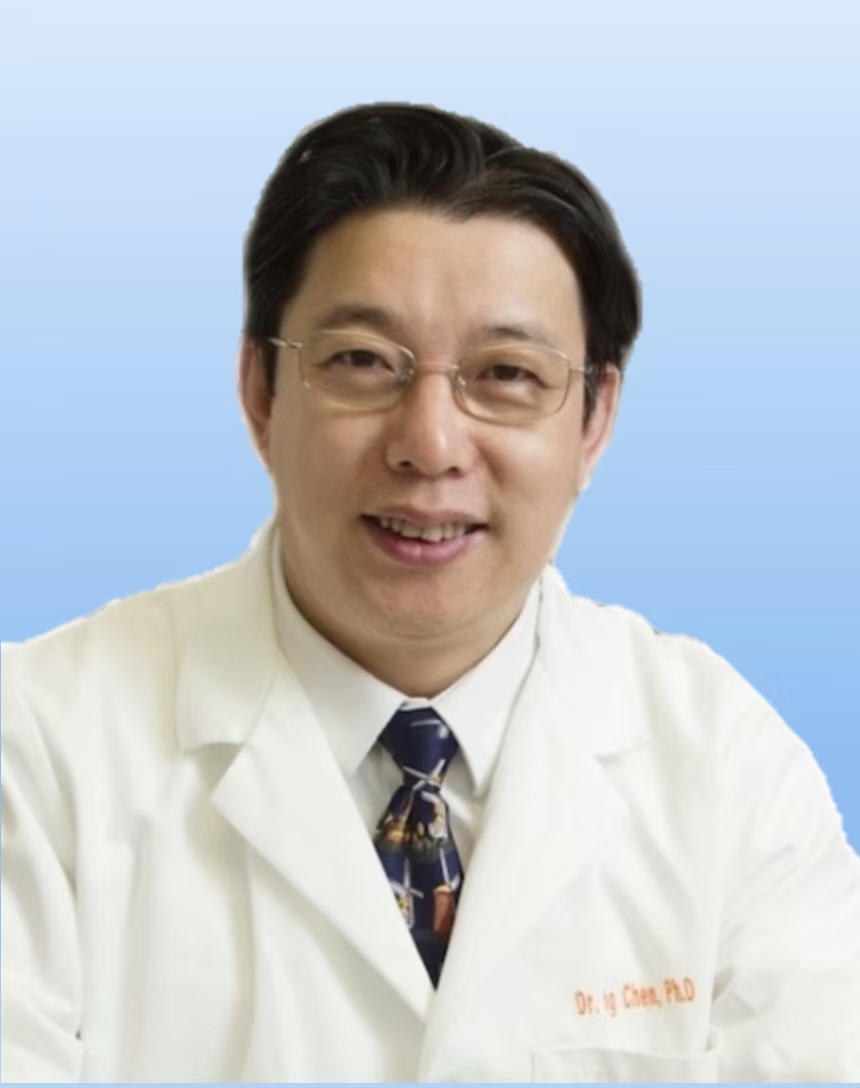
Decheng Chen
USA
Ph.D., President of the American TCM Acupuncture Inheritance Association, Inventor of Motion Acupuncture Needle.
Reporting Topic
The principles and innovations of Motion Acupuncture for pain
Summary
Motion Acupuncture Therapy is a new acupuncture technique pioneered by Dr. Chen Decheng. It comprises five components: Motion Acupoints, Motion Needles, Motion Technique, Dynamic Needles Retention and Motion Acupuncture Theory. This therapy integrates traditional acupuncture theories and techniques with modern knowledge in anatomy, histology, fasciology, kinesiology, and the physiological dynamics of muscles. Its goal is to stimulate and manipulate soft tissues through acupuncture, promoting self-healing processes to prevent and treat various diseases. Motion Acupuncture Therapy is primarily used to treat soft tissue injuries, chronic pain, joint issues, movement disorders, and related visceral diseases.
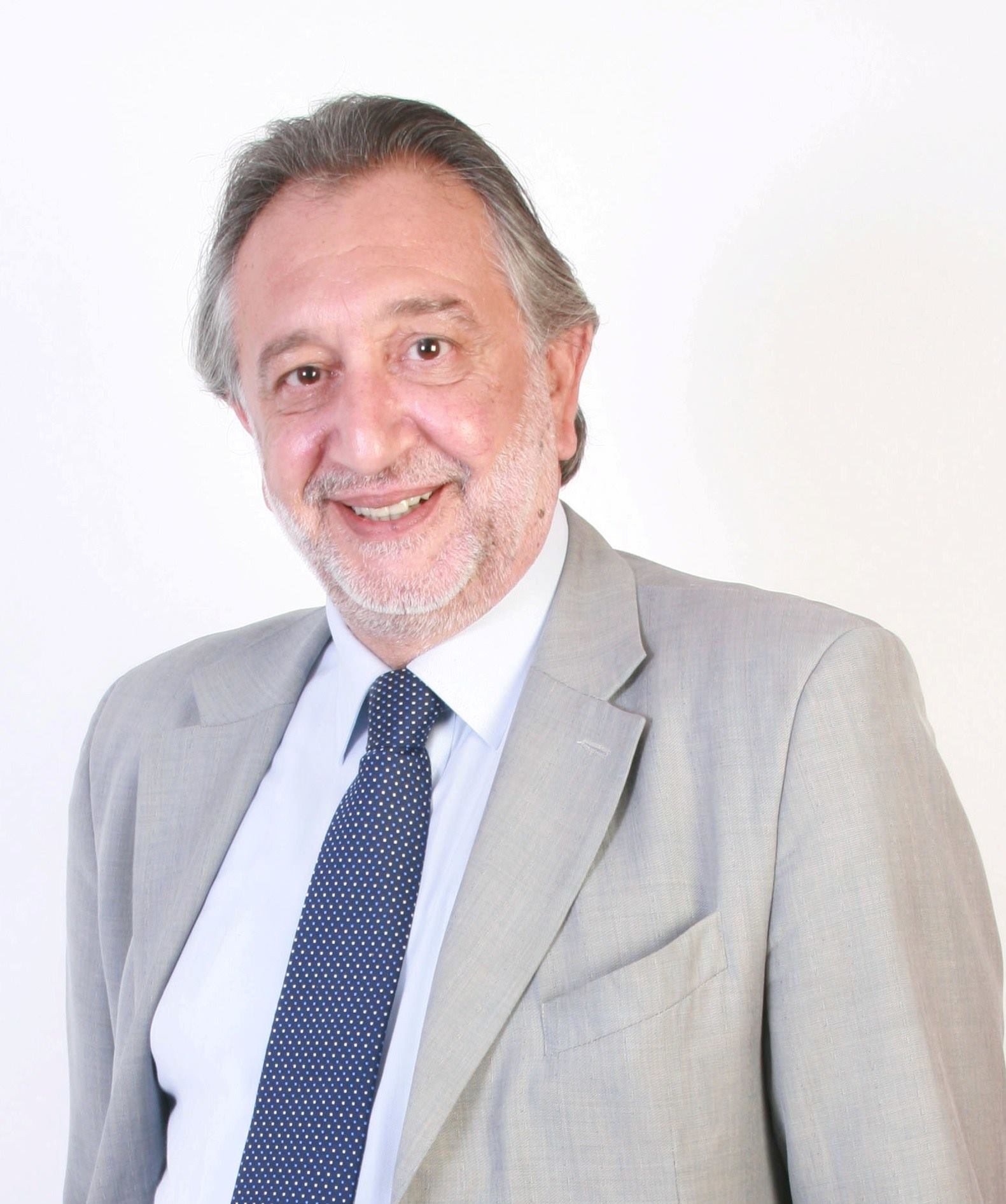
Ramon Maria Calduch
Spain
Professional title
President of the European Foundation of Traditional Complementary and Integrative Medicine; Vicepresident of the World Traditional Medicine Forum
Reporting Topic
The Internationalization of Traditional Chinese Medicine (TCM) as a Bridge for Dialogue and Understanding between Chinese Citizens and Spanish-Speaking Countries
Summary
This presentation addresses the strategic role of the internationalization of Traditional Chinese Medicine (TCM) as a tool for intercultural dialogue, mutual understanding, and academic cooperation between China and Spanish-speaking countries. It’s an initiative led by the European Foundation of Traditional, Complementary and Integrative Medicine, associated with the European University of the Atlantic, in collaboration with the TCM Section of Cátedra China and 20 Chinese TCM universities.
The core of this project is the creation of a University Expert Studies program in TCM, aimed at fostering academic exchange between Chinese students and students from Spain and Latin America. The goal is to promote friendship, dialogue, and understanding among young people from different cultures through the joint study and practice of traditional Chinese medicine.
Beyond academic content, the plan includes complementary actions to ensure the sustainability of the project: the creation of an alumni network (ALUMNI EXPERT TCM CHINA-SPAIN), a scholarship system to facilitate mobility and access, and the establishment of permanent links between universities, institutions, and individuals committed to the development of integrative and inclusive medicine.
Among the main expected outcomes are: the effective signing of agreements with 20 Chinese TCM universities within a year, the ongoing delivery of courses and practical training sessions, the consolidation of a community of students and professionals committed to exchange, and the creation of a positive, truthful, and relatable image of China in Spanish-speaking societies, based on the personal experiences of its citizens.
This project constitutes a model of international cooperation that goes beyond academics. Through the shared language of health, respect for tradition, and a commitment to science, a bridge is built between peoples who, though geographically distant, are increasingly united in challenges, values, and aspirations.

Yemeng Chen
USA
Ph.D., L.Ac. Vice- Chair of World Traditional Medicine Forum and President of New York College of Traditional Chinese Medicine
Reporting Topic
Jingjin (Channel Sinews): Elaboration and Modern Application
Summary
The presentation will introduce the features of Jingjin (Channel Sinews) described in its original text in Ling Shu (Miraculous Pivot) such as their distribution courses including their knots on the passways, symptoms and indications if they are disturbed, and therapeutic methods. Further introduction will be the elaboration of the concept of Jingjin (Channel Sinews) by the scholars in the later generations and abroad. In recent several decades, JIngjin (Channel Sinews) theory has been re-emerged and studied, and was inspired and guided by it consciously or unconsciously. Detailed Jingjin (Channel sinews) symptoms and pattern differentiations were developed and also variety of corresponding acupuncture methods and acupuncture instruments were invented.
Promoting the method of palpating the "sinew knots" under the guidance of Jingjin (Channel sinews) theory will help promote the characteristics of syndrome differentiation and acupuncture treatment, thereby improving clinical efficacy. It is important to apply Jingjin (Channels sinews) syndrome differentiation to diagnose and treat different diseases (mainly musculoskeletal diseases) and combine modern medical diagnostic methods to analyze and study Jingjin (Channel sinews) symptoms and syndromes. Modern clinical practice of acupuncture urgently needs a standardized syndrome differentiation and treatment system with acupuncture characteristics (different from Chinese internal medicine), which can clarify the jingjin (Channels sinews) syndrome differentiation types and identify the nature and location of the disease then use appropriate acupuncture treatment methods.
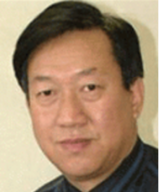
Binjiang Wu
Canada
President, Ontario College of Traditional Chinese Medicine in Canada
Vice Chairman, World Federation of Chinese Medicine Societies
Vice Chairman, World Federation of Acupuncture and Moxibustion Societies
Reporting Topic
On the Biases in Meridian Theory over the Past Millennium
—— Restoring the Meridian Qi Circulation Theory to Its Rightful Place in Theory and Clinical Practice
Summary
This paper investigates the parallel theories of "Nutrient Blood Circulation" and "Meridian Qi Circulation" in the Inner Canon of the Yellow Emperor, proposing that the "Jing-He Converging Flow" represents the earliest circulatory model focused on meridian qi, whereas the "Lung-Liver Flow" constitutes a later model centered on nutrient blood. Clarifying the distinct pathways of meridian qi and nutrient blood may resolve long-standing theoretical dilemmas in the field. Contemporary research on meridian sensation transmission supports the Meridian Qi Circulation theory and has identified eight governing principles. The theory holds clinical relevance, and mastering its patterns can enhance therapeutic efficacy.
Since the Tang Dynasty—and continuing in current TCM textbooks—the "Nutrient Blood Circulation" of the twelve meridians, as described in the Lingshu·Jingmai chapter, has been misrepresented as the entirety of meridian theory. This has marginalized the "Jing-He Converging Flow" theory and led to the erroneous conflation of Nutrient Blood Circulation with Meridian Qi Circulation. Such misinterpretation has resulted in a significant disconnect between acupuncture theory and clinical practice. It is imperative that the "Meridian Qi Circulation" theory be reinstated to its rightful place in academic discourse and clinical application after a millennium of neglect.
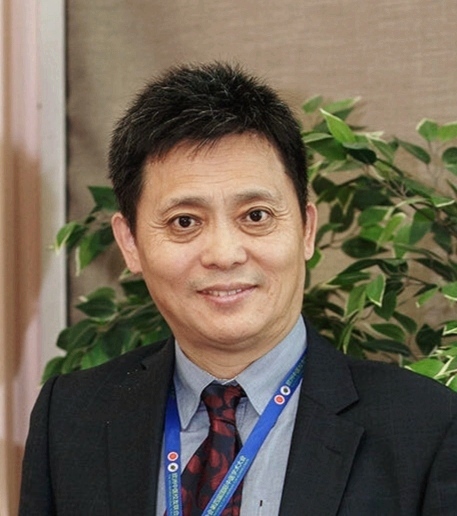
Tang Tiejun
United Kingdom
Vice Chairman of the World Traditional Medicine Forum; President of the British Chinese Medicine Association
Reporting Topic
Discussion on the basic principles of diagnosis and treatment of acute cerebral hemorrhage with traditional Chinese and western medicine
Summary
Acute cerebral hemorrhage has a high incidence, mortality and disability rates, and is one of the main diseases that endanger human life. The choice of the correct treatment principle is the key to determining the prognosis of this disease. At present, there are some different views on the treatment principles of this disease in traditional Chinese medicine and Western medicine. This article summarizes the most authoritative diagnosis and treatment guidelines of Western medicine and traditional Chinese medicine, introduces the clinical experience of many Grand Masters of Traditional Chinese Medical in treating this disease, and combines personal clinical experience to propose a TCM diagnosis and treatment plan for acute cerebral hemorrhage, hoping to provide a reference for the treatment of this disease.
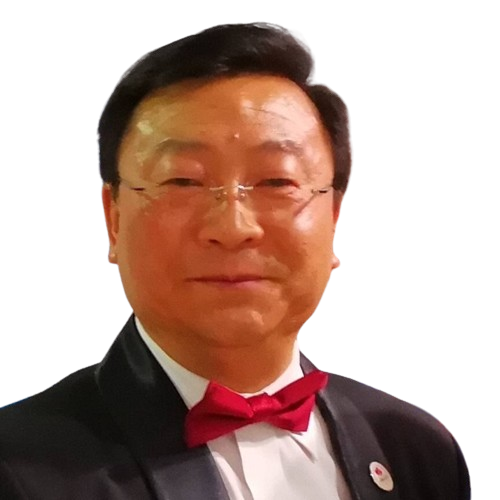
Zheng Jianhua
Australia
Vice Chairman of World Traditional Medicine forum
Reporting Topic
Experience in the diagnosis and treatment of "heat accumulation and collateral flow" in traditional Chinese medicine--with two cases
Summary
Through the diagnosis and treatment process of two typical cases, the author expounds the clinical characteristics and treatment methods of "heat accumulation and collateral flow" in traditional Chinese medicine, especially the importance of clear diagnosis to clinical treatment.

Wang Wencheng
Australia
Honorary President of CMASA Australian President of the World Association of huang ‘medicine‘
Reporting Topic
The important role of pulse diagnosis in clinical diagnosis and treatment of cancer
Summary
• In clinical practice, the advantages of traditional Chinese medicine are brought into play. Using pulse diagnosis to find the pulse points is the first step in treating diseases.
• Selecting the corresponding meridians and acupoints based on the pulse, and using acupuncture and Chinese medicine to treat tumors and difficult and complicated diseases can achieve satisfactory results.
• Finding the pulse and the pulse point is to find the root cause of the disease, to determine whether the tumor is in the active stage or the stable stage, and thus to determine the patient's prognosis, which is a key part of traditional Chinese medicine pulse diagnosis and treatment.
• Pulse diagnosis is the forerunner of treatment and plays an important guiding role. Selecting sensitive meridian acupoints for treatment is an important method for effectiveness. The pulse after acupuncture is the standard for measuring whether it is effective. If the pulse does not change, it is ineffective, indicating that the meridians and acupoints are not perfect.

Zeng Shizong
Australia
Honorary President of the Australian Chinese Medicine Association, Vice Chairman of the Supervisory Board of the World Traditional Medicine Forum
Reporting Topic
TCM clinical diagnosis and treatment ideas and typical case records for stubborn and difficult skin diseases
Summary
In clinical practice, stubborn and difficult skin diseases are chronic skin diseases with long course, complex etiology and pathogenesis, long-term recurrence, and long-term difficulty in cure. Such as chronic eczema, chronic skin ulcers, psoriasis, vitiligo, chronic urticaria, chronic tinea pedis, onychomycosis, chronic skin pruritus, etc. Clinical treatment ideas for stubborn and difficult skin diseases
(1) Diagnosis should be based on the combination of disease differentiation and syndrome differentiation, and a comprehensive and careful understanding of the condition should be made to distinguish the primary and secondary;
(2) Emphasis should be placed on the relationship between the local and the whole, and a comprehensive judgment of the condition should be made to provide a basis for the formulation of treatment plans;
(3) Treatment should be based on the combination of internal and external treatment, and acupuncture and medicine;
(4) Personalized treatment plans should be formulated according to different constitutions, the severity of the condition, and other factors. The focus is on introducing typical clinical cases to analyze and explore the diagnosis and treatment ideas of stubborn skin diseases.
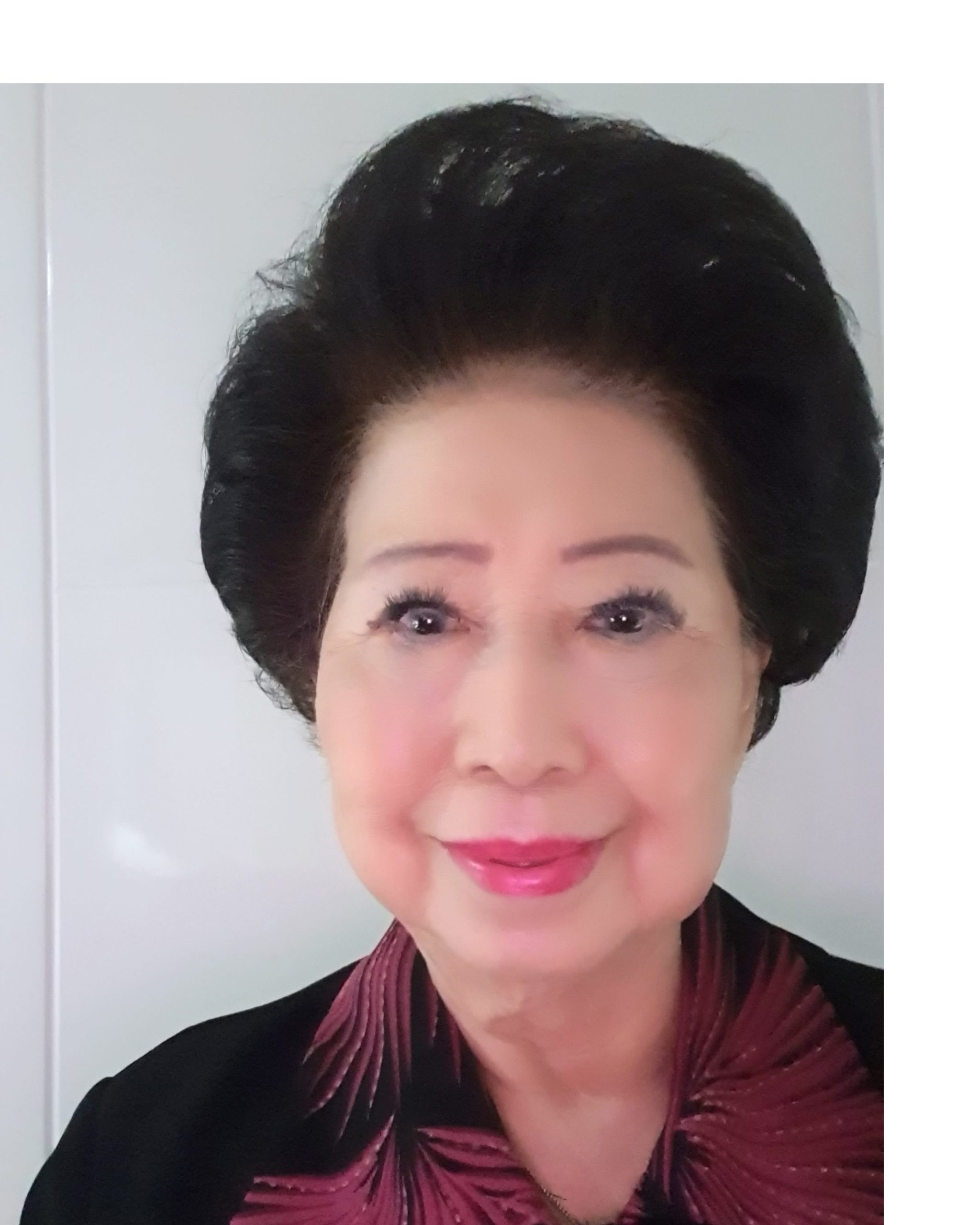
Juliana Tjandra
Indonesia
Vice President of World Federation of Acupuncture--moxibustion Societies (WFAS)
President of The National Acupuncture Union of Indonesia (PAKSI)
Reporting Topic
PRACTICAL & EFFECTIVE SLIMMING WITH ACUPUNCTURE
Summary
Slimming for obese people frequently fail due to following incorrect way of losing weight, which may also cause nutrients imbalance. Slimming treatments may also be deemed ineffective due to slow weight loss, causing impatience and loss of confidence in the treatment. Effective slimming is not just judged by decline in weight, but also in reduction of body fat, better shaped body, and avoidance of serious diseases.
Location of body fat will affect body shape and types of chronic diseases that may happen. Measurement of waist to hip circumference provides a rough indicator of the body shape (apple shape & Pear shape). Acupuncture can be used for effective slimming by using ear acupuncture and body points. The result is encouraging, with >80% of cases with weight loss of 3-5 kg and above. Main points are Liangqiu & Gongsun. One phase of treatment is 3 months, with recommended treatment duration of 1 year including preventive maintenance.
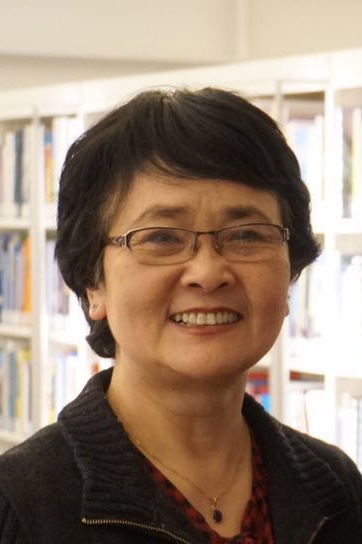
Jiang Dan
UK
Visiting professor and TCM Consultant
Reporting Topic
The Effect of Chinese Herbal Medicine and Acupuncture on Female Infertility by inducing Ovarian Cycle
Summary
The disorders of reproductive and endocrinal system are the common cause of female infertility. The problems can be caused from either organic or dysfunctional reason. The author analyses the pathogenesis of the infertility common incident in the West and the mechanisms of acupuncture and herbal medicine treatments. The article is the report of how TCM therapies of which acupuncture and Chinese herbal medicine are utilised together to treat infertility. Acupuncture plays the unique role to support conceive by stimulating and strengthening the self-regulating, self-healing functions and promote ovulation; Chinese herbal medicine is able to be prescribed, according to the particular condition in the individual case and following the menstrual circle as well. United both of TCM therapies will make a good enough treating level in the lesser rates of patient visiting the clinic for gaining an expectant treating effect. This is a successful experience to manage TCM treatment during the practicing condition in the West. Some successful cases that are treated in UK which are involved in some natural pregnancies supported by TCM and pregnancies assisted with IVF treatment which is supported by TCM is illustrated in the paper.
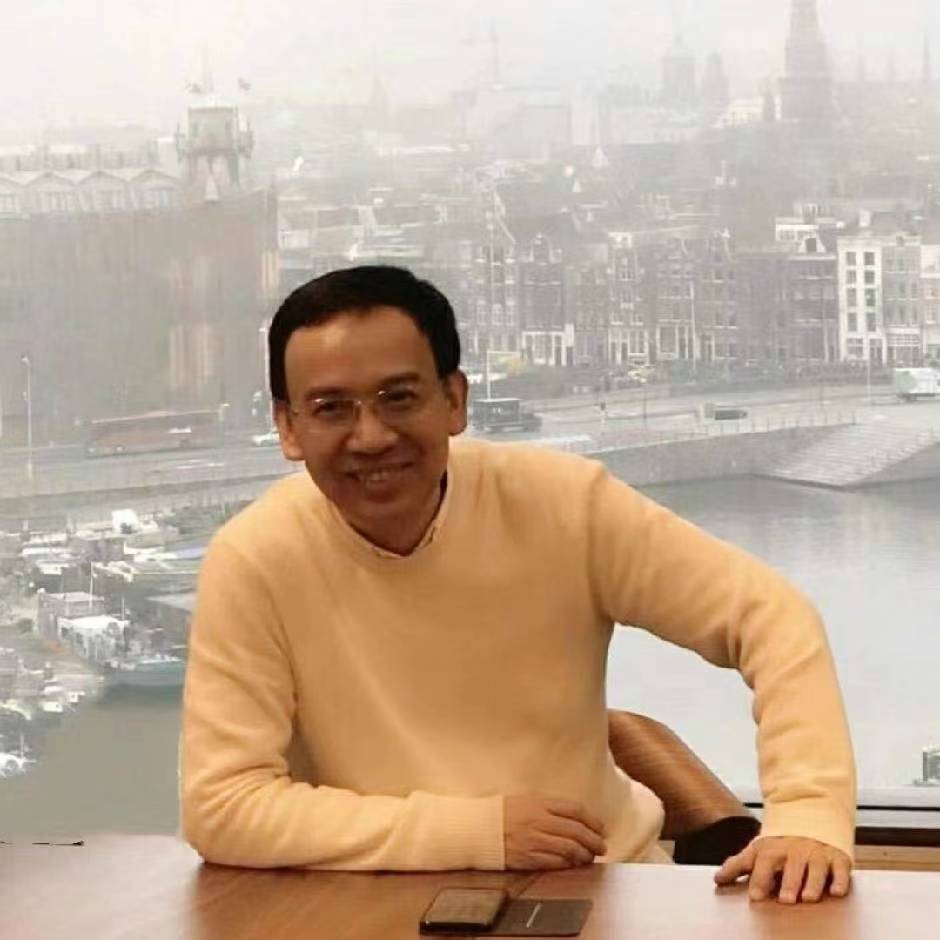
Zhu Yueping
French
President of French Sancai College of Traditional Chinese Medicine
Reporting Topic
Acupuncture and moxibustion treatment for harmony of essence, energy and spirit
Summary
This article studies the parallel theories of "nutritional blood circulation" and "meridian energy circulation" in the "Inner Canon." It posits that "well-channel circulation" is the first mode of circulation primarily based on "meridian energy," while "lung-liver circulation" is the second mode of circulation primarily based on "nutritional blood." Clarifying the different circulations of "meridian energy" and "nutritional blood" can resolve historical theoretical issues. Currently, research on "meridian sensation transmission" supports the theory of "meridian energy circulation" and identifies its eight regularities. The theory of "meridian energy circulation" can guide clinical practice, and understanding its patterns can enhance clinical efficacy. Since the Tang Dynasty, up to the present day, textbooks in traditional Chinese medicine universities have regarded the "nutritional blood circulation" of the twelve meridians in the "Spiritual Pivot: Meridians" as the foundation of the entire meridian theory, marginalizing the "meridian energy circulation" theory of "well-channel circulation" and treating "nutritional blood circulation" as synonymous with "meridian energy circulation" to guide

Tian Yan
China
Dean Henan Tian Tian Pediatric Massage Research Centre
Reporting Topic
A Unique Feature of Chinese Medicine - Pediatric Massage
Summary
1. Traditional Chinese medicine pediatric massage is a purely natural and green therapy, which is a priceless treasure that benefits the health of children in China and even the world.
2. Traditional Chinese medicine pediatric massage uses needles and medicines. It is a treasure of traditional Chinese medicine for preventing and treating common pediatric diseases and some infectious, surgical and difficult diseases. (For example, hand, foot and mouth disease, herpangina, adenoid hypertrophy, hernia, tics...etc.).
It has a good effect on the prevention and treatment of nine major system diseases of the human body.
Its great significance lies in the fact that pediatric massage is the embodiment of the big idea of "preventing disease" of traditional Chinese medicine.
3. Call for and advocate the application of traditional Chinese medicine pediatric massage as a world intangible cultural heritage to benefit human health. We are willing to work with colleagues to promote it and make lifelong contributions.
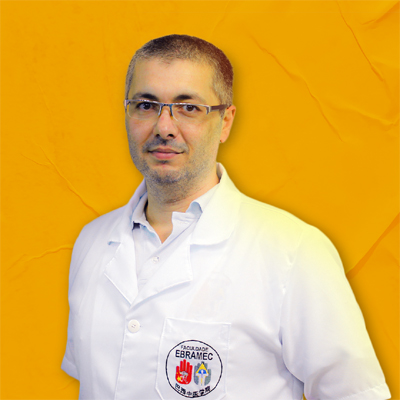
Reginaldo Filho
BRAZIL
President of Faculdade EBRAMEC
Reporting Topic
The importance of the Earth, as Center, in Chinese Medicine
Summary
Chinese Medicine can be understood by its Chinese name as 中医, basically meaning the Medicine from China, which can be read as the Country of the Center. So Chinese Medicine can (and in our perspective, should) be understood as the Medicine of the Center, or the Medicine of bringing patients back to their Center.
Kan Li Method, developed in EBRAMEC College, as in Water and Fire Method, is directly related to the strategy of going back to the roots, considering that the most basic disturbances on Yin and Yang are meant to be understood in order to help the patient, and to achieve this the concept of Center/Earth is an important way to look at, as in Pi Wei Lun .
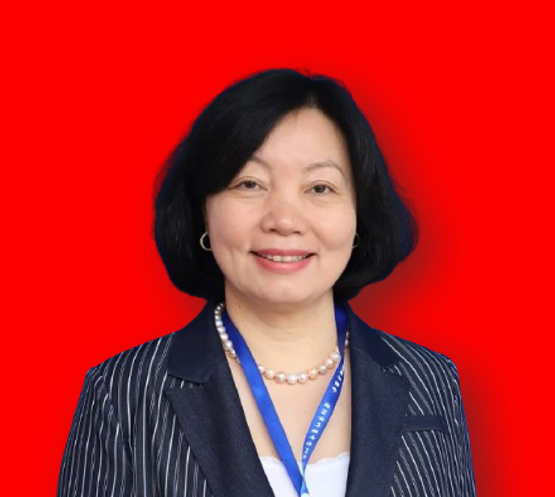
Prof. Shulan Tang
UK
Principal of Shulan College of Chinese Medicine UK
Clinical expert of Changzhou Menghe Medical School .
Reporting Topic
Method of Menstrual Cycle Regulation with Differentiation in treatment of Infertility
Summary
The author has been engaged in clinical practice and teaching of Traditional Chinese Medicine (TCM) in theUK and China for 38 years, applying TCM theories to modern clinical practice. Inspired by guidance of Professor WangMianzhi to "seek the essence of classics and apply to what it is known" and understanding that "a physician is one with intellect”. this paper analyses, updates, and summarizes the diagnosis and treatment of female infertility from conception to menstrual cycle regulation and syndrome differentiations. It is noted that in clinical practice, the patterns of infertility are often involving a combination of hot and cold, deficiency and excess syndromes, yet they follow certain rules. Three main patterns are identified: kidney yang deficiency combined with spleen qi deficiency and dampnessaccumulation; kidney yin deficiency combined with liver depression transforming into fire, and qi & blood deficiency combined with blood stasis obstructing the internal. Based on these facts, the treatment should include warming the kidney yang, strengthening the spleen qi to eliminate dampness, and warming the uterus to aid conception; nourishing the kidney yin essence foundation, regulating liver qi to clear heat; promoting blood circulation to remove blood stasis, and supplementing qi and blood while regulating the chongand ren channels. Additionally, in accordance with the Prof. Xia Guicheng's theory method of menstrual cycle regulation, Herbal Prescriptions are formulated and adjusted based on the rules of yin and yang transformation during different phases of the menstrual cycle, resulting in satisfactory therapeutic effects. The paper concludes the analysis of 61successful cases and proving the effectiveness of different pattern basedtreatment courses. This paper covers both theoretical and clinical aspects, providing insights into the infertility treatment in TCM.
Keywords: infertility pattern, conceptualization, method of menstrual cycle regulation, pattern differentiation, clinical report.
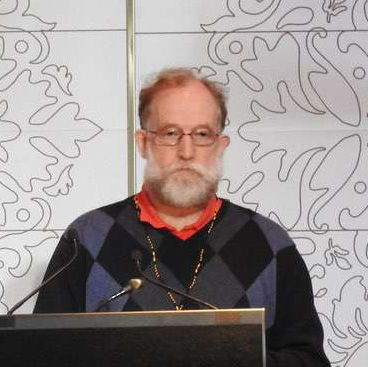
Serg Mezhov
Australia
Dr
Reporting Topic
Method selection in TCM
Summary
All treatments we producing are start from diagnosing and pathology differentiation, following up by designing of treatment plan and then therapeutic methods. We know what is necessary to apply in variety of disorders and when it comes to the session, we have a lot of tools like: points selection methods and herbal combinations or techniques to use for stimulation etc. However there are” missing link” in many cases of treatment not being utilized – variation of different methods approaching of the points; needling, burning, pressure, blood releasing and positioning. This is what I want to punctuate today, what is the best to do out of Acupuncture- Zhen, Moxibustion- Jiu, Bloodletting- Fang Xie, Cupping- Ba guan, Finger pressure- Zhen fa, Setting manipulation- Zheng gu in time of therapy and how combine all above methods together.
Basically we have two major approaches to the body in TCM - stimulation and sedation, so what we can do is more or less should fall in those two effects. Also two substances we are dealing with are Blood and Qi, in traditional way, also have preferred effects to be applying. And last, but not least is place or subject where results expected to be. From all those points we shell look at selection of our intervention to maximize treatment success.
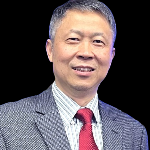
GUOJIAN HUANG
Canada
President of AACMC, Invertor of SNAN Acupuncture
Reporting Topic
An Introduction to SNAN Acupuncture in the Management of Difficult Pain-Related Disorders
Summary
SNAN Acupuncture is a novel minimally invasive needling technique invented by Dr. Guojian Huang through years of clinical practice. It integrates the traditional Chinese meridian theory, Chinese needle-knife medicine, and modern myofascial trigger point theory. This method primarily uses shallow dissection with blade needles to treat soft tissue injury syndromes.
Guided by four core theories — the Theory of Abnormal High Tension, the Scar Adhesion Theory, the Myofascial Trigger Point Theory, and the Three-Dimensional Meridian Theory — SNAN Acupuncture involves functional assessment of movement disorders, identification of related tender nodules and fascia abnormalities, and enables precise diagnosis and treatment. The technique features shallow needling without needle retention, ensuring safety, efficiency, and absence of side effects.
In particular, for certain "refractory conditions" that show no positive findings in Western medical tests and have failed long-term treatment, targeting the related tender nodules under SNAN Acupuncture principles can yield immediate and remarkable therapeutic results.
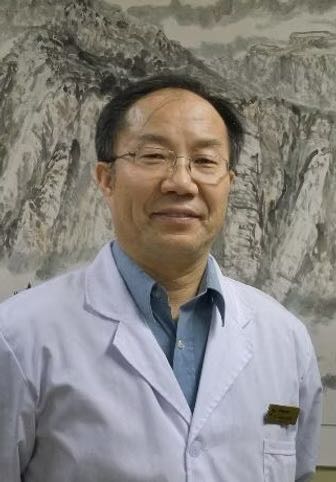
Fulin Wang
Canada
Professor,
Doctor
Reporting Topic
It is imperative to establish the TCM-relevant methodology and framework for the evaluation of clinical efficacy of traditional Chinese medicine
Summary
Acupuncture and traditional Chinese medicine (TCM), a representative of Traditional Medicine with thousands of years’ history, has been practiced in over 190 countries and areas due to its clinical efficacy, wide range of indications, safety, and lower cost. In the ICD-11 published by the World Health Organization (WHO), theoretical, diagnostic and other TCM terminologies are included to facilitate application of TCM/traditional medicine worldwide.
Despite global acceptance of acupuncture and TCM, large number of research has failed to confirm the clinical efficacy of acupuncture or herbal therapy for osteoarthritis of knee, certain ischemic heart and brain conditions. Such research findings are contrary to the fact and to the observed treatment effects by patients and acupuncturists/TCM practitioners. It wastes time and valuable resources and misses the intention of evidence-based medicine. Are those researchers insufficient in understanding the theory and practice of acupuncture/TCM, or did they misuse a research concept, methodology and analysis, or an irrelevant study design and poor implementation? Perhaps, it is among all these reasons.
Holistic view and person-time-place-syndrome-disease-relevant treatment are basic features and principles of TCM, thus an individualized diagnosis and treatment is practiced for thousands of years. This pattern of practice not only recognizes the individual differences in genetics, body constitutes, diet, lifestyle, culture and religion, social and natural environment, time and season, causes and pathogenesis of disease/attack, but also considers the interaction between the body and mind, man and nature, among other inter-relationships in the body and the universe/environment – a reflection of Unity of Man and Nature. Thus, attempting to use concepts and research methods of modern medicine to evaluate the efficacy of acupuncture and traditional Chinese medicine is doomed to fail. As such research neither respects the theoretical and practical characteristics of TCM nor fully considers the differences between individual patients and diseases. It also ignores the interaction between the body and mind, people and the environment, etc.
This paper will discuss the necessity and methodology of establishing the acupuncture-TCM- relevant research framework and method for accurately evaluate clinical efficacy of a given disease or syndrome.
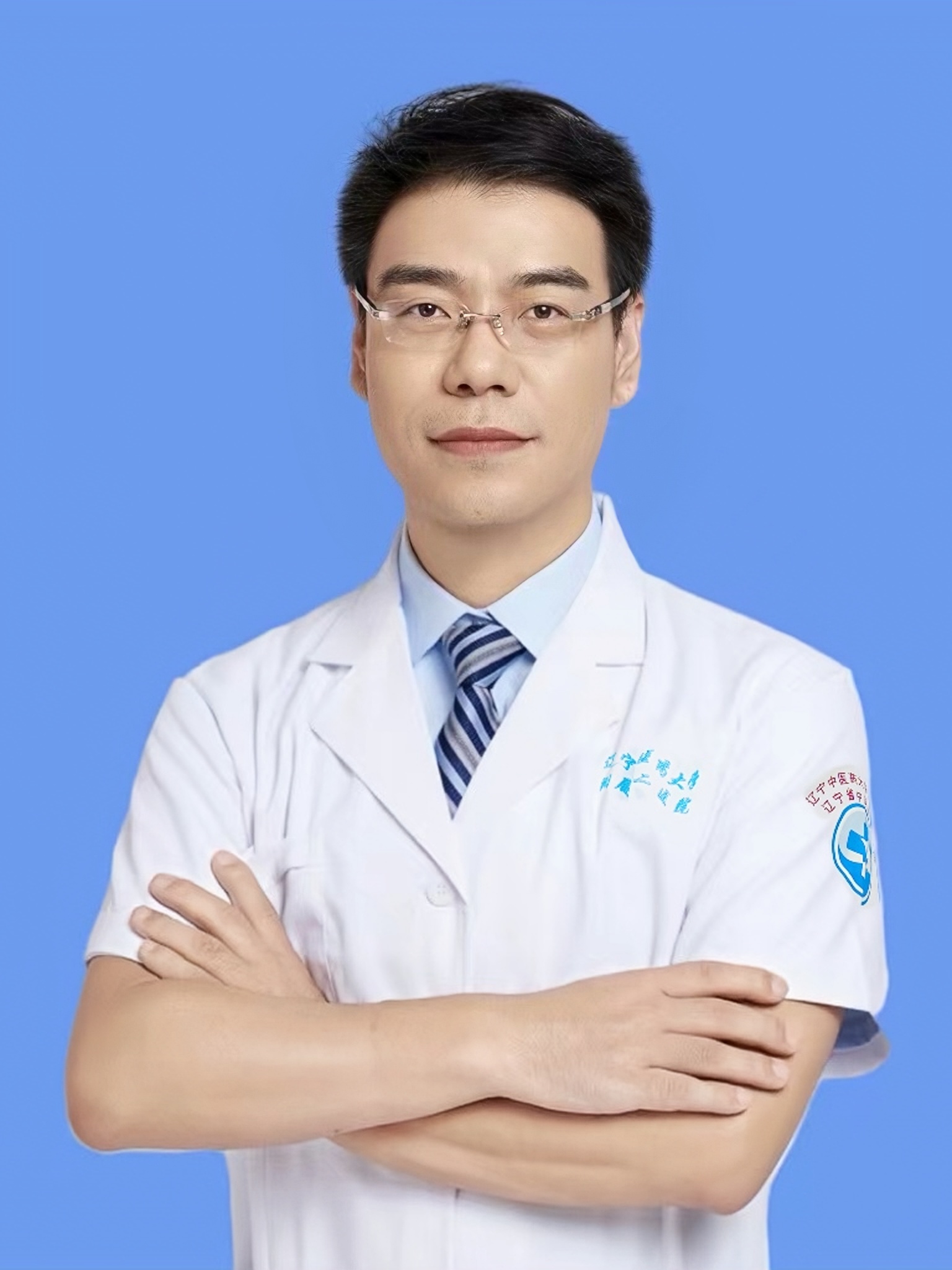
Wangbo
Switzerland
Professor
Reporting Topic
Basic and Clinical Study on Immunoregulation of Seabuckthorn Shenqi Granules-Based on the Physique of Patients in China and Switzerland
Summary
Due to the special living environment, habits, diet and culture, Swiss people present a different physical condition from China patients. Seabuckthorn Shenqi Granule is a self-made prescription by the author. In recent years, the author has devoted himself to the basic research and clinical practice of Shaji Shenqi Granule, which is homologous to medicine and food. Based on network pharmacology, animal experiment and clinical research, this paper discusses the therapeutic effect of Seabuckthorn Shenqi Granule on Covid-19 infection and its immune regulation. In different people, the constitution adjustment mechanism of Seabuckthorn Shenqi Granules.
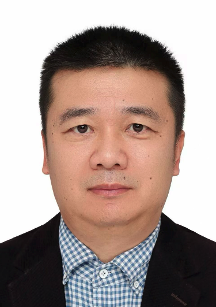
Jiuhuan Lin
Australia
• President, World Traditional Medicine Culture and Health Society
• Executive Vice President, Beijing University of Chinese Medicine Australia Alumni Association
Reporting Topic
The Inheritance and Development of Traditional Medicine Culture in Oceania
Summary
Traditional medicine culture constitutes an important component of humanity’s cultural heritage, offering unique perspectives on health, disease, and therapeutic practices. In Oceania, particularly in Australia, a rich and distinctive tradition of medicine has evolved. Indigenous Australians, through long-term lived experience and close interaction with the natural environment, developed an original system of health preservation centered on plant-based therapies. Chinese medicine was gradually introduced into Australia from the nineteenth century, fostering dialogue and integration with local traditional medicine practices. This paper focuses on the transmission and development of Chinese medicine in Australia, while also reflecting on the author’s own experiences over more than a decade in establishing the Federation of Chinese Medicine Centre, with particular attention to the ways in which Chinese medicine culture has been integrated with the health concepts of Australia’s traditional medicine.
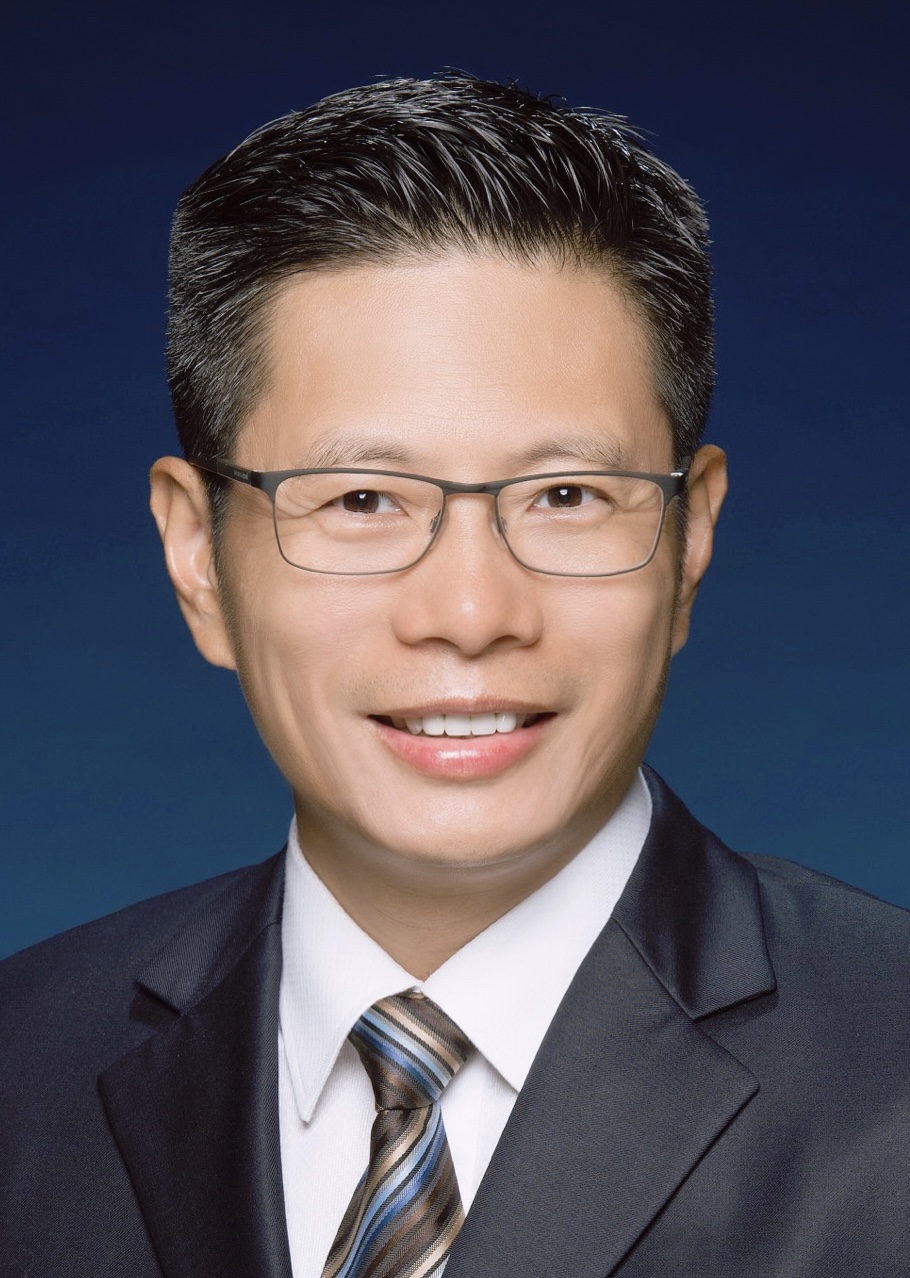
Peter Zhang Shi Ping
Hong Kong
Professor, Founding Chairman of the International Association
Reporting Topic
An Intelligent Platform with AI-powered Tongue Diagnostics to Advance Traditional Chinese Medicine
Summary
This presentation introduces ecbothk.com, an intelligent platform designed to advance Traditional Chinese Medicine (TCM) through AI-powered tongue diagnostics. The platform integrates a suite of digital assessment tools, including AI-driven tongue feature analysis, diabetes screening through tongue image, body constitution diagnosis, TCM state diagnosis, and comprehensive health evaluations for suboptimal health states and lifestyle.
The results from these diagnostics empower users with personalized remedial food recommendations for self-directed health management. For TCM practitioners, the platform provides a systematic solution for recording patient health records, monitoring progress, and conducting telehealth consultations. Furthermore, it serves as a professional venue for practitioners to showcase their services.
We believe this platform plays a pivotal role in promoting TCM culture globally by facilitating modern, accessible, and data-driven healthcare practices.
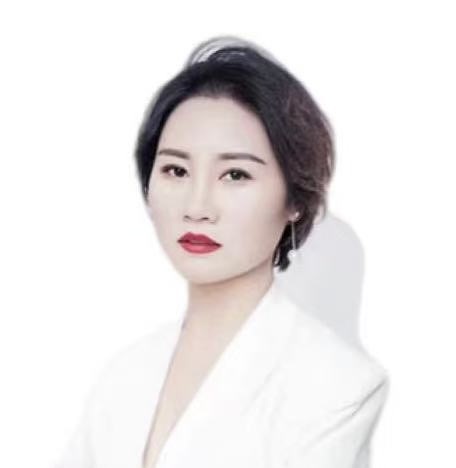
YAJING GOU
China
Shaanxi Provincial Hospital of Traditional Chinese Medicine.
Reporting Topic
Clinical Study on Gegen Qinlian Decoction Intervening Metabolic Obesity Guided by the Theory of "Yangming as He"
Summary
Based on the theory of "Yangming as He", exploring the curative effect of Gegen Qinlian Decoction in intervening obesity of Yangming dampness-heat type. Gegen Qinlian Decoction is a classic prescription that fits the theory of "Yangming as He". It is a verification from theory to practice. From the theory of "Yangming as He" to the modern clinical study of Gegen Qinlian Decoction, what we do is not only to verify the curative effect of a prescription, but also to explore the scientific path of TCM theory guiding clinical practice. The prevention and treatment of metabolic obesity requires multidisciplinary cooperation, and the value of TCM lies in providing a "root cause treatment" idea for complex diseases with its holistic view and syndrome differentiation thinking.






















